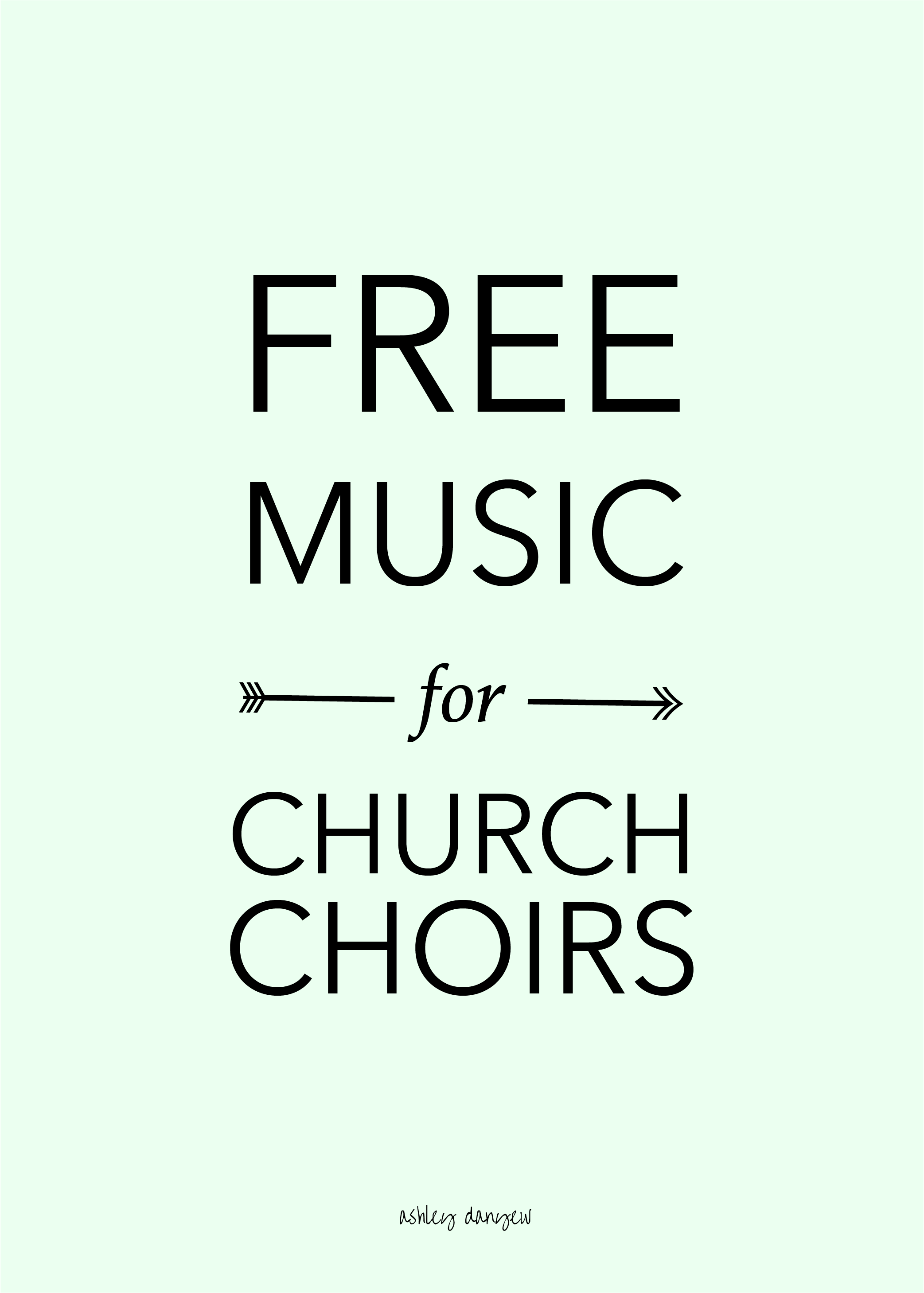For many churches, the lectionary (a pre-planned collection of readings to choose from each Sunday) is the guiding force behind worship planning.
Perhaps the two most well-known forms of the lectionary are the Revised Common Lectionary (RCL), a 3-year cycle first published in the early 1990s and the Ordo Lectionum Missae (1969) on which the RCL is based, which emerged after the Catholic Church's Second Vatican Council. (source)
The Ordo Lectionum Missae has been revised and updated (and translated into English) since then and is still used in many Catholic Churches (now called the Lectionary for Mass). The RCL, which is likely familiar to many of you, is used across denominations in churches around the world.
But, in the last several years, new lectionaries have emerged, giving churches an opportunity to explore new reading plans and guides for worship.
Last Fall, Mandy Davis of Central Presbyterian Church in Anderson, SC reached out to me for resources and music planning ideas for the relatively new Narrative Lectionary (2010), a 4-year reading plan that follows a more continuous, “narrative” approach, created by Luther Seminary. After exchanging a few emails, I asked if I could touch base with her later in the year to see how it’s going.
Today, I've invited Mandy on the blog to share her experiences (from a church musician's perspective) and talk about her favorite Narrative Lectionary resources. Enjoy!

















